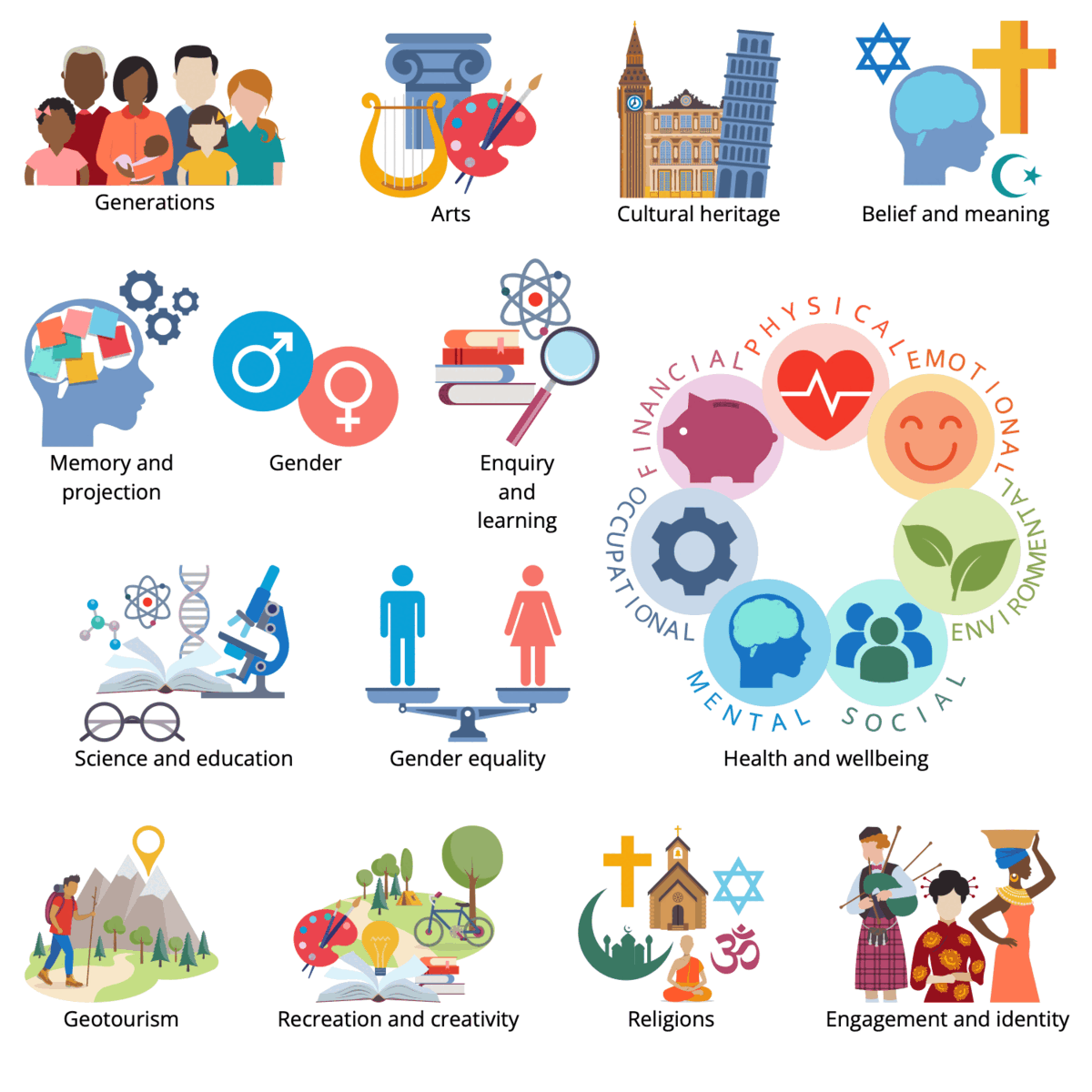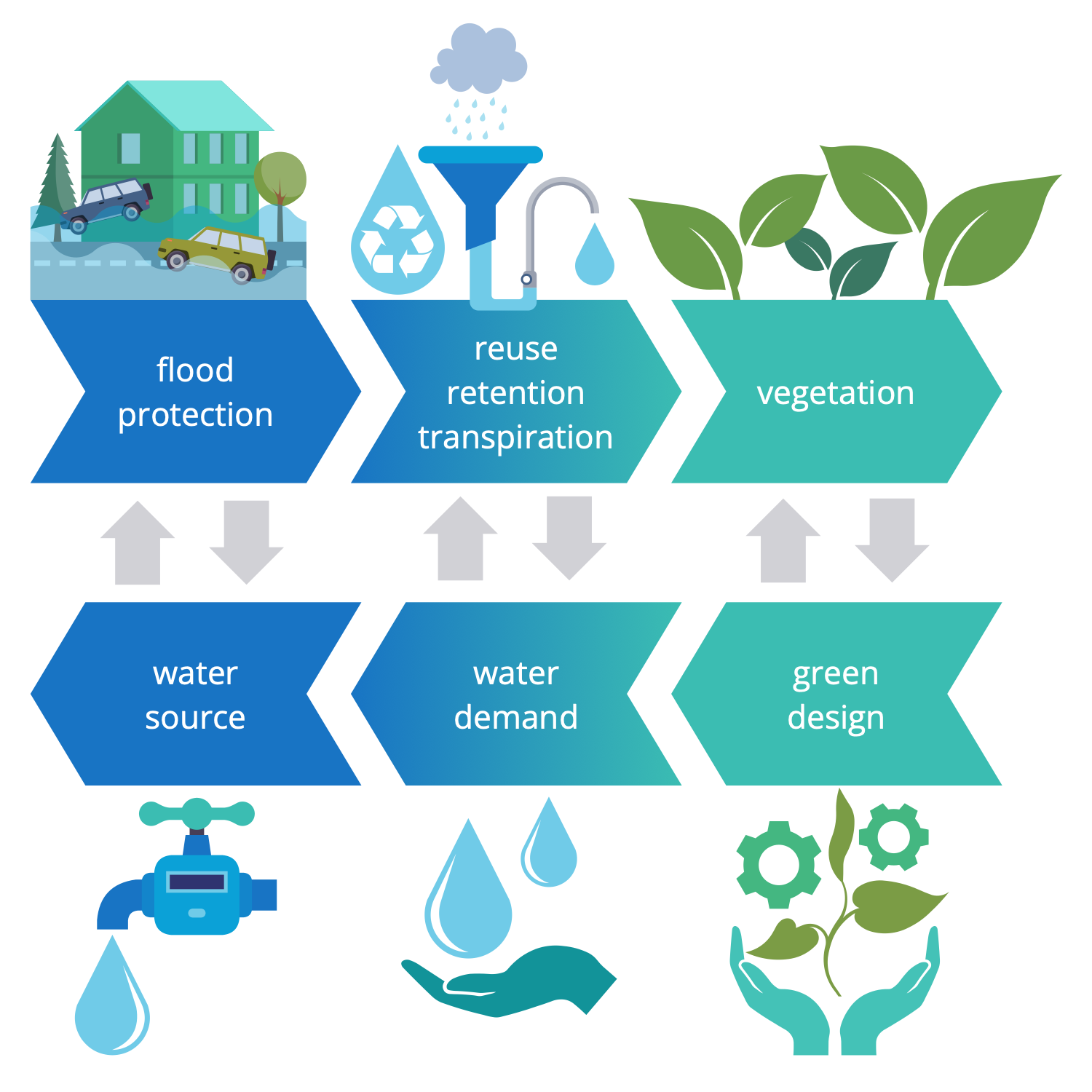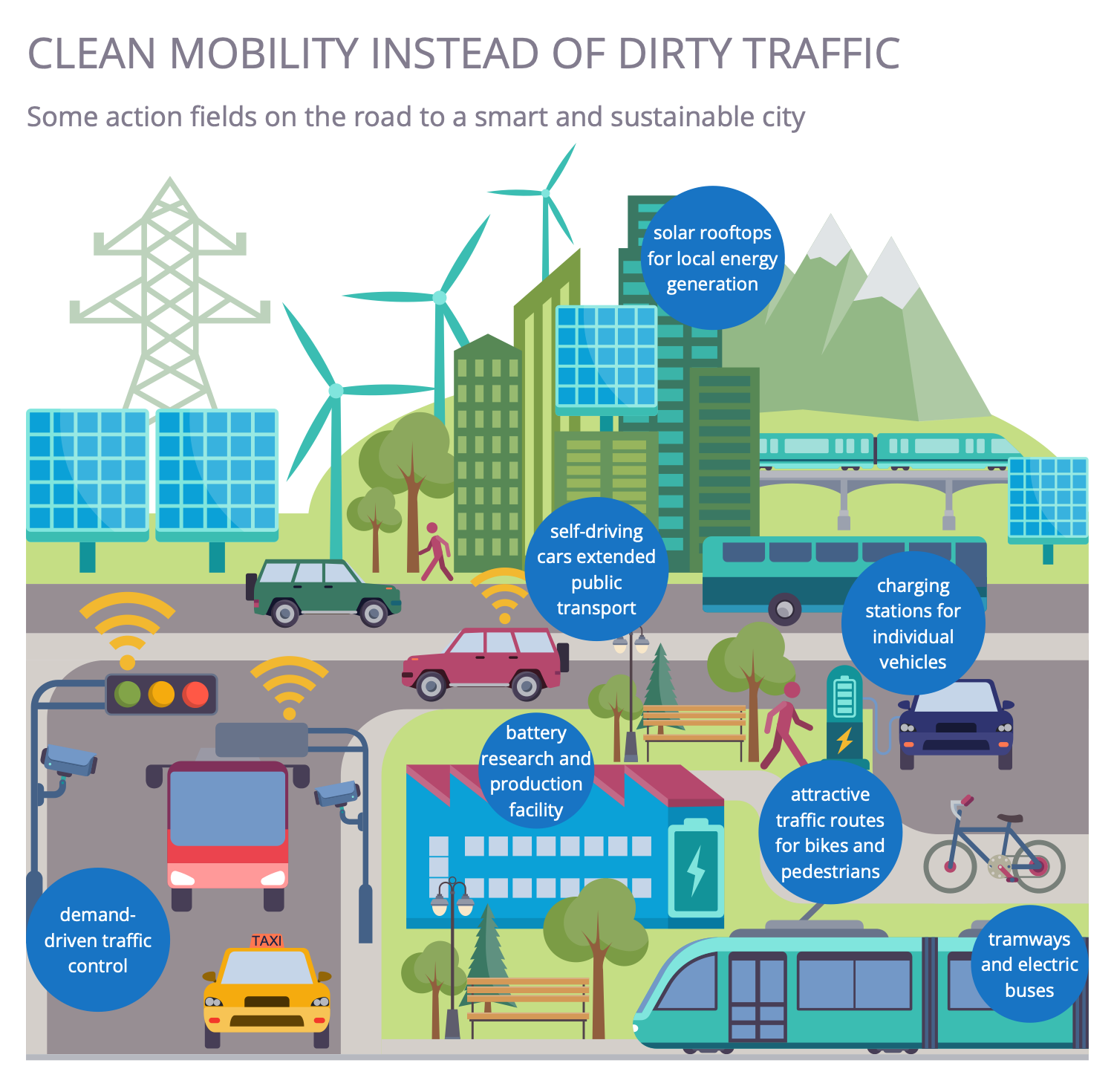Green Energy
Green energy is the type of energy generated from natural resources most of which are renewable. It is sunlight, wind, water, geothermal heat, tides, rain, biomass. Green energy has great advantages over other types of energy because it is environmentally friendly, doesn’t harm nature and climate. There is no release of greenhouse gases into the atmosphere at its use. Coming from different sources of energy, all green energy doesn't damage the ecosystem, doesn't produce pollution to the atmosphere in contrast to fossil fuels, and avoids depletion of earth's resources. It is significant for our planet, for the health of people and animals allowing breathing more clear air. In addition, the sources of green energy are usually naturally replenished, as opposed to fossil fuel sources like natural gas or coal.
The use of green energy sources for household needs and industrial processes globally grows all over the world in the late decades. They are used for power, heating building and water (solar water heaters, biomass-fuelled boilers, direct heat from geothermal sources), cooling buildings with cooling systems powered by renewable sources, and moving transport. As for the industrial processes, hydrogen is actively used as a provider of renewable energy in steel, iron, chemical, cement, and other industries.
Considering the progress in the development of renewable resources and production of green energy, it has a great capacity to replace fossil fuels in the future. This will have great progress for moving to a sustainable future, reducing climate change, and improving the environment and climate.
Various special technologies allow taking green energy in different ways. Wind energy, solar power, and hydroelectric power are key sources of green energy. The solar panels are used to take solar energy; wind turbines and the flow of water are used to generate energy from wind and water respectively. The extraction of hydroelectric power is realized at the global level of rivers or seas, and using tides of oceans. Solar and wind power is produced on both industrial scale (large wind turbines and large fields of solar panels) and private sector when solar panels are installed on the roofs of houses.

Example 1. Sustainable Infographic - Developing a Sustainable Community
Solar green power is usually produced using solar panels with photovoltaic cells. These elements capture sunlight and turn it into electricity. At the same time, the solar panels are installed both on the separate houses to produce energy for personal use (heating a house, hot water supply) or are joined in groups on a large scale to power entire neighborhoods. Wind energy uses the power of the flow of air to push turbines that generate electricity. Currently, wind farms are considered the most efficient source of green energy, however, solar panels are approaching their level.
Geothermal energy is produced from the thermal energy stored within the earth, under the earth's crust. This energy is used to get steam that turns turbines to generate electricity. Biomass power plants process wood waste, organic agricultural waste, and sawdust to produce energy. Burning of these materials emits a minimal amount of greenhouse gases and air pollutants but it is far lower than those from petroleum-based fuels.
Considering the fact of green energy's importance for sustainable development, it became the fastest-growing and actively developed direction. The renewable energy sector is steadily extended. Great investments are transferred in this sector to develop it because the future of our planet is in sustainable development and using renewable green energy. It is also economically beneficial. It is a low-cost solution to meet the energy needs that helps reduce the costs of energy and increase its accessibility in the developing world. Being produced locally, green energy is stable in price, it is not so affected by price spikes, global economical and geopolitical crises, and it also hasn't disruptions in the supply chain.
Example 2. Sustainable Development Design Elements
Sustainable Development solution includes 12 libraries with 300+ vector design stencils for creating illustrative and professional-looking diagrams, infographics, and illustrations of various kinds.
- Cultural Sustainability
- Ecological Sustainability
- Economic Sustainability
- Political Sustainability
- Social Sustainability
- Sustainable Agriculture
- Sustainable City
- Sustainable Development
- Sustainable Energy
- Sustainable Healthcare
- Sustainable Technologies Sustainable Transport
Example 3. Sustainable Infographics - Planning Approach of Blue-Green Infrastructure
Along with the libraries' objects, the Sustainable Development solution includes also a collection of samples and is a useful tool for both beginners and professionals. It is also equally successful for both work and personal use.
The diagrams and infographics are perfect to illustrate and compare the green energy sources, their advantages, efficiency, costs, wastes, make transport infrastructure comparison, economic or political sustainability factors comparison, and more others.
Example 4. Sustainable Infographic - Clean Mobility
The Green Energy samples you see on this page were created in ConceptDraw DIAGRAM software using the management tools of the Sustainable Development Solution. These examples successfully demonstrate solution's capabilities and the professional results you can achieve using it. An experienced user spent 10-20 minutes creating each of these samples.
Use management tools of the Sustainable Development solution to design your own Sustainable Development Infographics quick, easy and effective.
All source documents are vector graphic documents. They are available for reviewing, modifying, or converting to a variety of formats (PDF file, MS PowerPoint, MS Visio, and many other graphic formats) from the ConceptDraw STORE. The Sustainable Development Solution is available for ConceptDraw DIAGRAM users.


